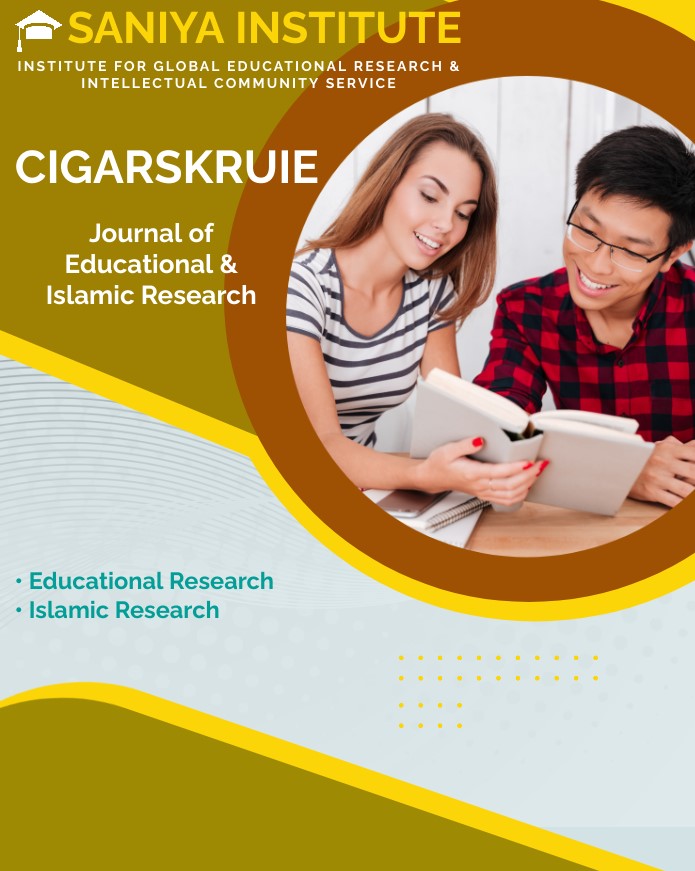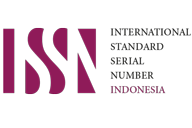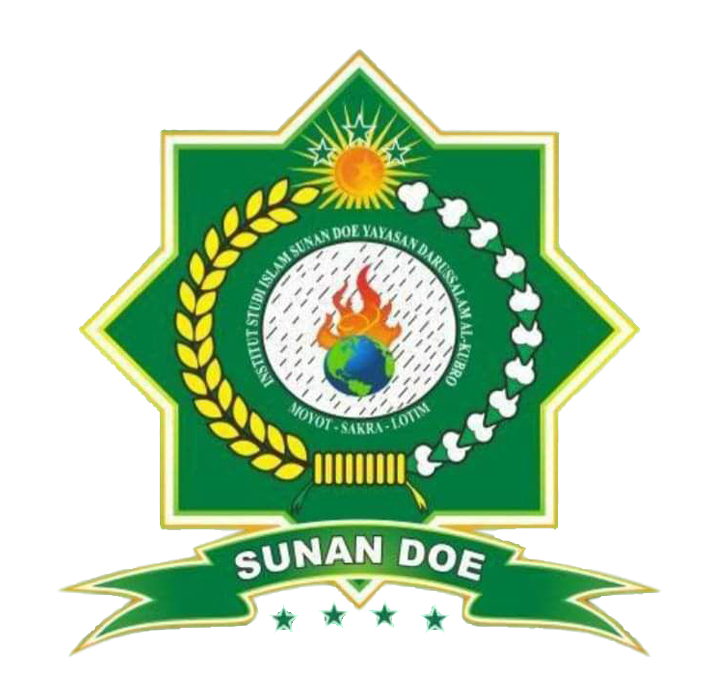The Effect of Fiqh Teacher Creativity on Student Learning Achievement in MTs. Nurul Ulum Mertak Praya Lombok Tengah
Keywords:
Teacher creativity, Islamic religious education, learning achievement, quantitative research, Pearson correlation., teacher creativity, islamic religious education, learning achievement, quantitative researhAbstract
This study investigates the impact of teacher creativity on student achievement in Islamic religious education, with a particular focus on Fiqh (Islamic jurisprudence) instruction at MTs Nurul Ulum Mertak Tombok. A quantitative research design was employed, utilizing data collected through questionnaires and students’ daily test scores. Given that the population exceeded 200, a population-based approach was adopted, involving 243 students from grades VII and VIII. From this population, a stratified sample of 148 students across nine classes was selected. Data collection employed a combination of questionnaires, classroom observations, and documentation, while data analysis was conducted using the Pearson Product Moment correlation technique. The results revealed a statistically significant and positive relationship between teacher creativity and student achievement in Fiqh. Specifically, the correlation coefficient was 0.637, indicating a strong influence of teacher creativity on learning outcomes. These findings highlight the pivotal role of innovative and creative teaching strategies in enhancing the effectiveness of Islamic religious education, particularly in improving student performance in Fiqh.
References
Abdurrahman, Mulyono. Pendidikan Bagi Anak Berkesulitan Belajar, Jakarta: PT. Rineka Cipta, 1999.
Ahmadi (al), Widodo Supriyono. Psikologi Belajar. Jakarta: PT Rineka Cipta, 1991.
Aini. Moh. Metodologi Penelitian Bahasa Arab Malang, Hilal Pustaka, 2007.
Al- Khalili, Amal Abdus Salam. Pengembangan Kreaktivitas Anak. Jakarta: Pustaka al-Kausar, 2006.
Al-Qur’an. Terjemah Surat An-Najm ayat:39, Jakarta: 1971.
Andriano,Taufik Tahana. cara cerdas melijitkan IQ kreatif anak, jojakarta: kata hati,2013.
Arifin ,Zainal. Evaluasi Intruksional, Prinsip Teknik Presedur, Bandung: PT Remaja Rosdakarya,1990.
Arikunto, Suharsimi. Dasar-Dasar Evaluasi Pendidikan, Jakarta: Bumi Aksara, 1991.
Arini, N. (2024). Implementation of the Think Pair Share Cooperative Learning Model to Improve Student Learning Achievement in Science Subjects. Cigarskruie: Journal of Educational and Islamic Research, 1 (2), Article 2.
Astuti, D. (2019). Creative pedagogy in inclusive classrooms: Strategies for diverse learners. Journal of Education Research, 45(2), 112–126.
Aziz, Rahmat. Psikologi Pendidikan Pengembangan Kreativitas dalam Praktek Pembelajaran, Malang, UIN-Maliki Press, 2010.
Bahri Djamarah, Syaiful. Prestasi Belajar Dan Kompetensi Guru, Surabaya: Usaha Nasional, 1994.
Cahyo, Agus, Panduan Aplikasi Teori Teori Belajar Mengajar Teraktual dan Terpopuler, Bangutapan Jogjakarta DIVA Pres, 2013
Crafi, Anna. me- Refrash, Imajinasi dan Kreaktivittas Anak- Anak, London: Crdas Pustaka, 2000.
Craft, A. (2005). Creativity in schools: Tensions and dilemmas. Routledge.
Dakir. Pengantar Psikologi Umum, seri II, yogyakarta : Fakultas Ilmu Pendidikan UNY , 1975.
Dalyono, Psikologi pendidikan, Jakarta: PT Rineka Cipta, 1997.
Darmawan, Dedi. Metode Penelitian Kuantitatif, Bandung: PT Remaja Rosdakarya, 2014.
Gulo W. metode penelitian, Jakarta: PT. Grasindo, 2003.
Hasanah, U. (2021). The role of teacher creativity in enhancing student motivation and outcomes. Indonesian Journal of Educational Studies, 24(1), 33–47.
Iskandar, Metode Penelitian Pendidikan dan Sosial, Jakarta: Penikan Cipta, 1993.
Junandi, Wawan.,Buku Pedoman Penulis Makalah, Proposal dan Skripsi, Sitobodo: IAII Sukerrejo Situbondo, 2012.
Mahmudah, Umi. Active Learning dalam Pembelajaran Bahasa Arab, Malang: UIN Malang-Press, 2008.
Mas’ud, Ibnu. kamus pintar popular, Solo: Aneka, 1991.
Mulyasa. Menjadi Guru Propesional Menciptakan Pembelajaran Kreatif dan Menyenangkan, Bandung: PT Remaja Rosdakarya, 2013.
Munandar. Mengembangkan Bakat dan Kreativitas Anak Sekolah, Jakarta: Gramedia, 1992.
Musfah, J. (2022). Philosophy of education in the Indonesian context. Jakarta: Prenada Media.
Mustaqim. Psikologi Pendidikan, Semarang : FT IAIN Walisongo Semarang, 2009.
Nurdin, A. (2018). Contextual learning and its impact on student motivation. International Journal of Instructional Development, 11(3), 145–160.
Rachmawati, Yeni. dan Euis Kurniati, Strategi Pengembangan Kreativitas Pada Anak Usia Taman Kanak-Kanak Jakarta: Kencana Prenada Media Group, 2012.
Rohani, Ahmad. Pengelolaan Pengajaran, Jakarta: PT Renika Cipta, 2004.
Rohman, M. (2021). Digital innovation and teacher creativity in 21st-century learning. Journal of Contemporary Education Studies, 16(4), 201–215.
Sabri, Aliusuf. penghantar ilmu pendidikan, Jakarta: UIN Jakarta Press, 2005.
Saefullah. Psikologi perkembangan dan Pendidikan, Bandung: Cv Pus’taka Setia, 2012.
Sanjaya, W. (2016). Strategi pembelajaran berorientasi standar proses pendidikan. Jakarta: Kencana.
Sawyer, R. K. (2011). Explaining creativity: The science of human innovation. Oxford University Press.
Senjaya,Wina.Pembelajaran Dalam Implementasi KBK Jakarta: Fajar ihterpratama Offset, 2005.
Slameto. Belajar dan Faktor- Faktor yang Mempengaruhinya, Jakarta: Gunung PT Rineka Cipta, 2010.
Slameto. Belajar dan Faktor-Faktor yang Mempengaruhinya, Jakarta: PT. Rinika Cipta, 2003.
Sugiyono.Metode Penelitian Kuantitatif Kualitatif dan R& D, Bandung: Alfabeta, 2008.
Suhaimin, Aris. 68 Model Pembelajaran Inovatif dalam Kurikulum 2013, Yogyakarta: Ar-Ruzz Media Group, 2014.
Suharsimi Syaichul Hadi. Pedoman Riset dan Penyuluhan Skripsi, Surabaya: Mitro Penerbitan dan Pengembangan Perpustakaan Fakultas Syari,ah IAIN Sunan Ampel, 1998.
Sumanto, Wasty. Psikologi Pendidikan, Jakarta:Rineka Cipta, 1990.
Supriyono, Ahmadi dan Widodo. Psikologi Belajar, Jakarta: PT Rineka Cipta, 1991.
Susanti, Ahmad. Perkembangan Anak Usia Dini. Jakarta: Kencana Prenada Media Group, 2012.
Undang-Undang Republik Indonesia. (2003). Undang-Undang Nomor 20 Tahun 2003 tentang Sistem Pendidikan Nasional. Jakarta: Sekretariat Negara.
Vygotsky, L. S. (1978). Mind in society: The development of higher psychological processes. Harvard University Press.
Wazdy, S., & Yahya, M. S. (2024). The Concept of Inclusive Education in Islamic Perspective for Building Religious Moderation. Cigarskruie: Journal of Educational and Islamic Research, 2(1), 90-100.
Zahra, S. (2020). Creative learning environments and student development. Educational Innovations Journal, 12(2), 77–91.
Downloads
Published
License
Copyright (c) 2025 Sahdan

This work is licensed under a Creative Commons Attribution-ShareAlike 4.0 International License.
Cigarskruie: Journal of Educational and Islamic Research by Saniya Institute is licensed under Creative Commons Attribution ShareAlike 4.0
It means that:
- Adapted Material means material subject to Copyright and Similar Rights that is derived from or based upon the Licensed Material and in which the Licensed Material is translated, altered, arranged, transformed, or otherwise modified in a manner requiring permission under the Copyright and Similar Rights held by the Licensor. For purposes of this Public License, where the Licensed Material is a musical work, performance, or sound recording, Adapted Material is always produced where the Licensed Material is synched in timed relation with a moving image.
- Adapter's License means the license You apply to Your Copyright and Similar Rights in Your contributions to Adapted Material in accordance with the terms and conditions of this Public License.
- BY-SA Compatible License means a license listed at creativecommons.org/compatiblelicenses , approved by Creative Commons as essentially the equivalent of this Public License.
- Copyright and Similar Rights means copyright and/or similar rights closely related to copyright including, without limitation, performance, broadcast, sound recording, and Sui Generis Database Rights, without regard to how the rights are labeled or categorized. For purposes of this Public License, the rights specified in Section 2(b)(1)-(2) are not Copyright and Similar Rights.
- Effective Technological Measures means those measures that, in the absence of proper authority, may not be circumvented under laws fulfilling obligations under Article 11 of the WIPO Copyright Treaty adopted on December 20, 1996, and/or similar international agreements.
- Exceptions and Limitations means fair use, fair dealing, and/or any other exception or limitation to Copyright and Similar Rights that applies to Your use of the Licensed Material.
- License Elements means the license attributes listed in the name of a Creative Commons Public License. The License Elements of this Public License are Attribution and ShareAlike.
- Licensed Material means the artistic or literary work, database, or other material to which the Licensor applied this Public License.
- Licensed Rights means the rights granted to You subject to the terms and conditions of this Public License, which are limited to all Copyright and Similar Rights that apply to Your use of the Licensed Material and that the Licensor has authority to license.
- Licensor means the individual(s) or entity(ies) granting rights under this Public License.
- Sui Generis Database Rights means rights other than copyright resulting from Directive 96/9/EC of the European Parliament and of the Council of 11 March 1996 on the legal protection of databases, as amended and/or succeeded, as well as other essentially equivalent rights anywhere in the world.
- You means the individual or entity exercising the Licensed Rights under this Public License. Your has a corresponding meaning.

















